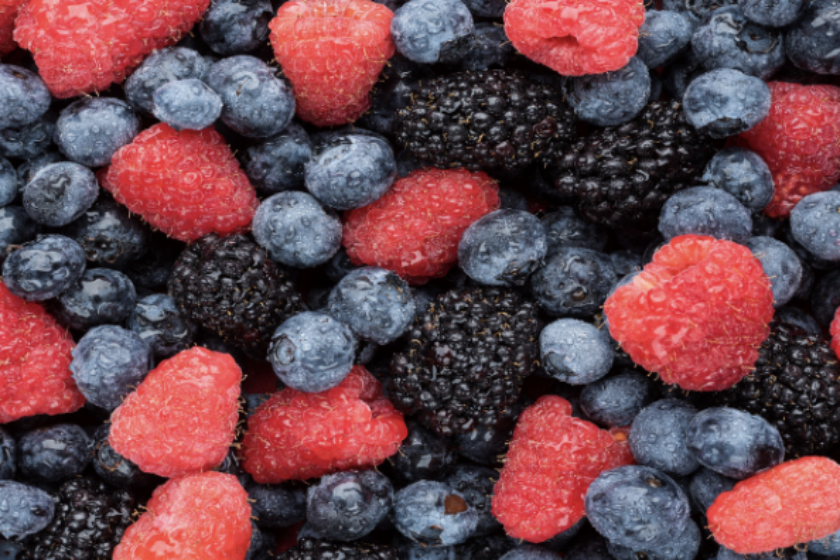Providing Freshness and Quality
The billions of tons of fresh food going to waste every year continues to be a leading motivation for changes in the food supply chain. Suppliers and retailers are driven to provide the best possible product with the longest possible shelf life to their customers and consumers, with as little waste as possible. While supporting value to the product’s brand, supply chain efficiencies reduce waste and improve product value to consumers.
These beneficial changes in the food supply chain begin with the grower/producer in the field. Improvements in plant heredity and growing methodology, including plant nutrition, monitoring, and targeted soil remediation, have provided consistent, high-quality products for consumers. To support and maintain the quality of these products, improvements in best practices for postharvest handling, storage, and transport continue to be updated and implemented.
As the harvested product continues to respirate, cooling the product after harvest is the best-known way to maintain the quality of the product while extending its shelf life. The rate of respiration and aging increases close to ten (10) times for every 10°C increase in temperature above 0°C. Cooling the product slows the respiration of the perishable goods. Low respiration is further maintained when the levels of carbon dioxide (CO2 ) and oxygen (O2 ) are controlled in the environment. Higher concentrations of CO2 and lower concentrations of O2 not only slow respiration but also makes the product less susceptible to chilling injury and the effects of ethylene, prevent the growth of molds and make the environment less hospitable to insects and other pests.





